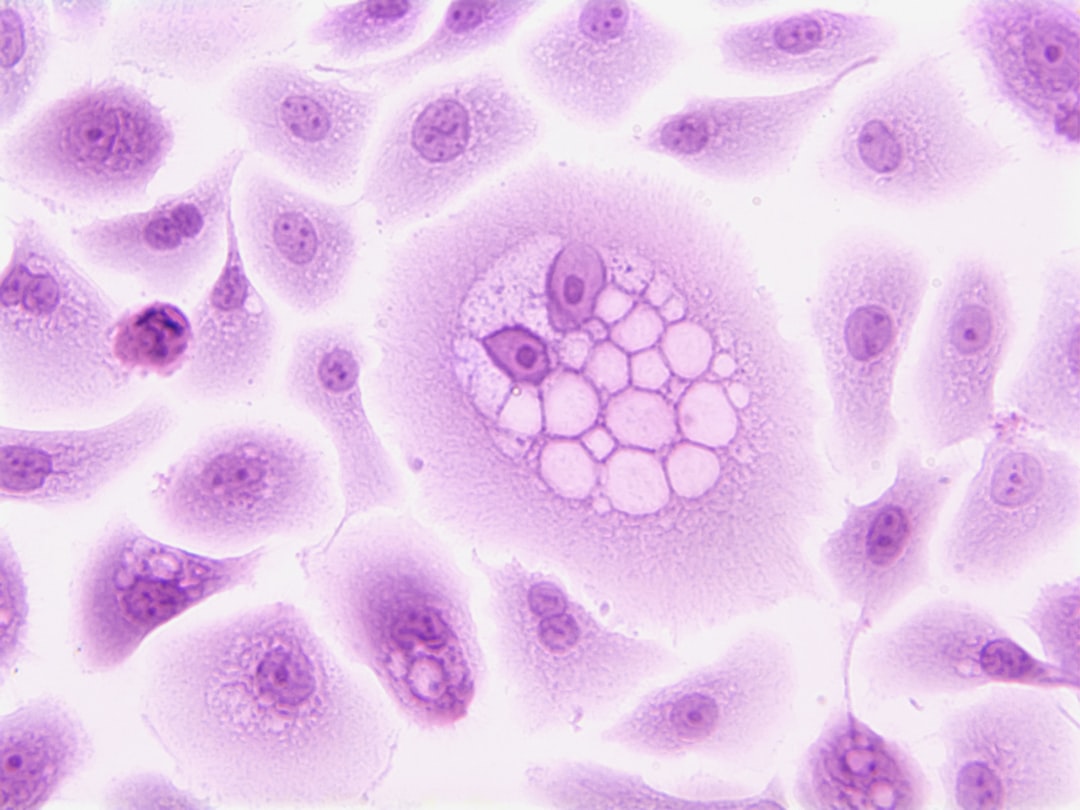What is it about?
To assess the different operational states within a biopharmaceutical grade clean room, using a rapid microbiological method. The method was a novel system, based on spectrometry, designed for sampling, discriminating, and enumerating airborne particles. Central to the study was the aim to determine the microbiological levels as a clean room went from standard use through maintenance and shutdown, disinfection, and then back to standard use. The objective was to evaluate whether a rapid method c
Featured Image
Why is it important?
Few studies have been undertaken which examine air-monitoring devices that can both enumerate and discriminate particulates, in a volume of air as ‘inert’ or ‘biological’. This study extends this limited field. Furthermore, the data collected in relation to cleanrooms is of interest in helping microbiologists understand that risks posed by different activities in relation to clean air-handling systems and personnel particle shedding.
Read the Original
This page is a summary of: Application of rapid microbiological methods for the risk assessment of controlled biopharmaceutical environments, Journal of Applied Microbiology, March 2014, Oxford University Press (OUP),
DOI: 10.1111/jam.12487.
You can read the full text:
Contributors
The following have contributed to this page










